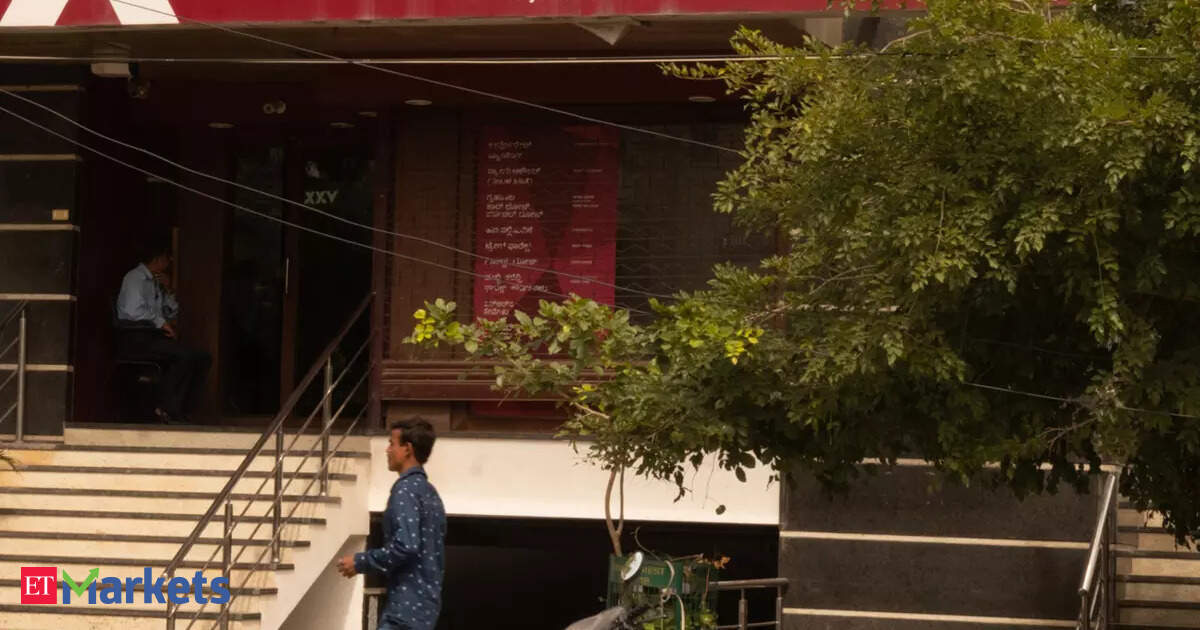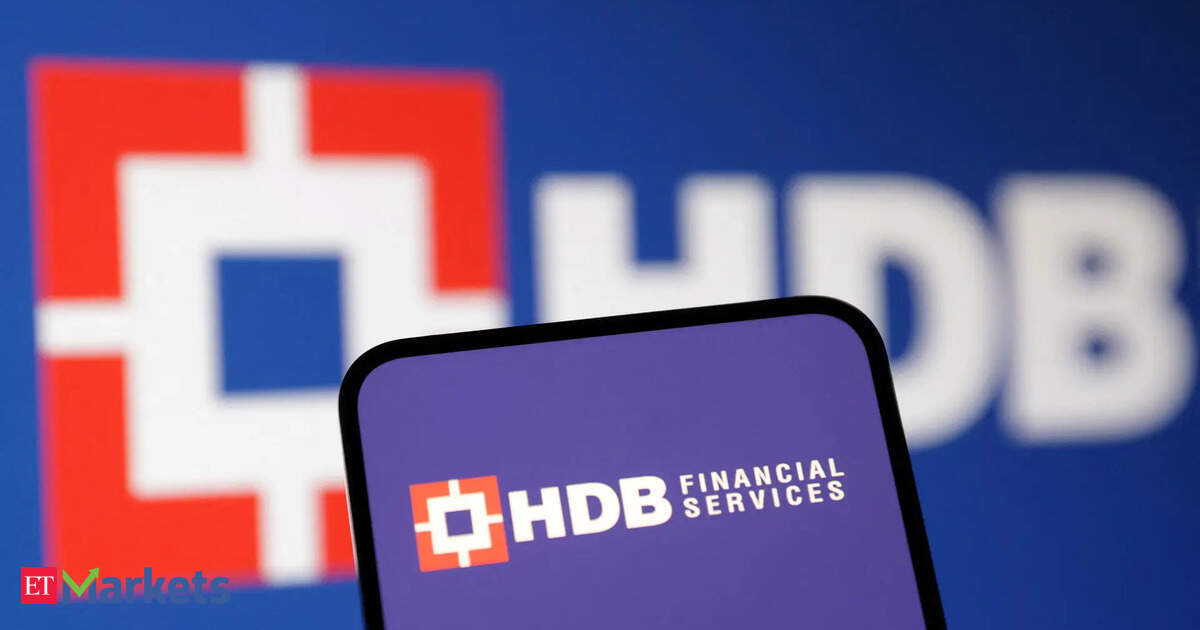“Asset classification happens on a days-past-due (DPD) counter basis, but classification can also occur based on qualitative parameters,” said Puneet Sharma, CFO of Axis Bank, during the post-earnings analyst call. “These are non-DPD-led parameters that have been tightened, resulting in higher slippages for the quarter.”
Sharma explained that under the previous norm, if a borrower with a ₹100 personal loan was five days past due and agreed to a settlement plan, such as three instalments of ₹30 with a one-month moratorium, the account would be upgraded upon payment of the first instalment. Under the new technical norms, such accounts are no longer upgraded until full settlement is made.
The technical impact is largely confined to cash credit, overdraft products, and accounts under one-time settlements (OTS).
This change has adversely affected the bank’s profitability metrics, reducing profit after tax by ₹614 crore, return on assets (ROA) by 15 basis points, and return on equity (ROE) by 1.4 percentage points. One basis point is a hundredth of a percentage point.
“The markets expected asset quality issues to be resolved this quarter as this has been a concern over the past year,” said Dharmesh Kant, head of research at Cholamandalam Securities. “Despite the attractive valuations compared to its peers, the guidance for growth is not aggressive, which led to a disappointing quarter.”The stock fell 6.4% during the day and closed 5.3% lower at ₹1,098.7.Kant said that while a further 2-3% decline cannot be ruled out, no major falls are likely since the stock has not performed a lot in the past year either.
 ETMarkets.com
ETMarkets.comNifty Heft
Axis Bank has a 2.97% weighting on the Nifty, behind HDFC Bank and ICICI Bank, among lenders. It ranks ninth among the top 10 stocks by weighting on the most-tracked gauge.
Out of the 12 stocks on the Bank Nifty Index, 10 declined and 2 advanced. The Bank Nifty slid 1%, while the benchmark Nifty declined 0.6%.
Meanwhile, Axis Bank’s collections team is now conducting a qualitative assessment of stressed accounts using credit bureau data, particularly by combing those borrowers holding multiple loans.
Gross slippages for the quarter rose more than 70% to ₹8,200 crore, up from ₹4,793 crore in Q1FY25. After adjusting for technical impact, gross slippages stood at ₹5,491 crore. Of this, 75% originated from unsecured loans, while the remaining 25% came from the agriculture sector. 80% of these accounts are backed by 100% security cover.
“These are particularly poor numbers, and the management commentary provided little confidence to expect a quick turnaround in either asset quality or growth,” said Pranav Gundlapalle, head of India financials at Bernstein. “Even after adjusting for the one-off policy changes, Axis Bank’s performance this quarter significantly lags its larger peers, weakening the case for any near-term re-rating.”
Brokerage Nuvama, meanwhile, downgraded Axis Bank to ‘Hold’ and reduced target price to 1,204 from 1,410, citing margin compression and higher credit costs.
“We lower our estimates on credit growth, whereas slightly increase credit cost as asset quality becomes a key monitorable,” said analysts at Nuvama in a note. “For a large banking franchise, the stock is trading at a discount to its peers, which we expect the gap to widen further given volatility in earnings and asset quality.”
To be sure, Bernstein has set a 12-month target price of ₹1,300, while Macquarie Capital expects the stock to reach around ₹1,450.




